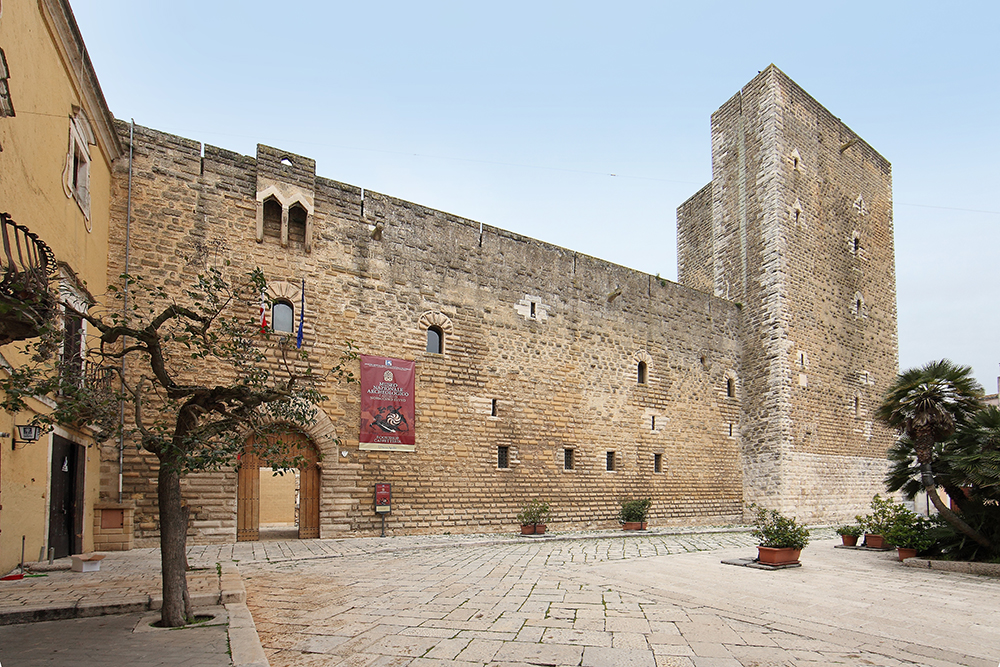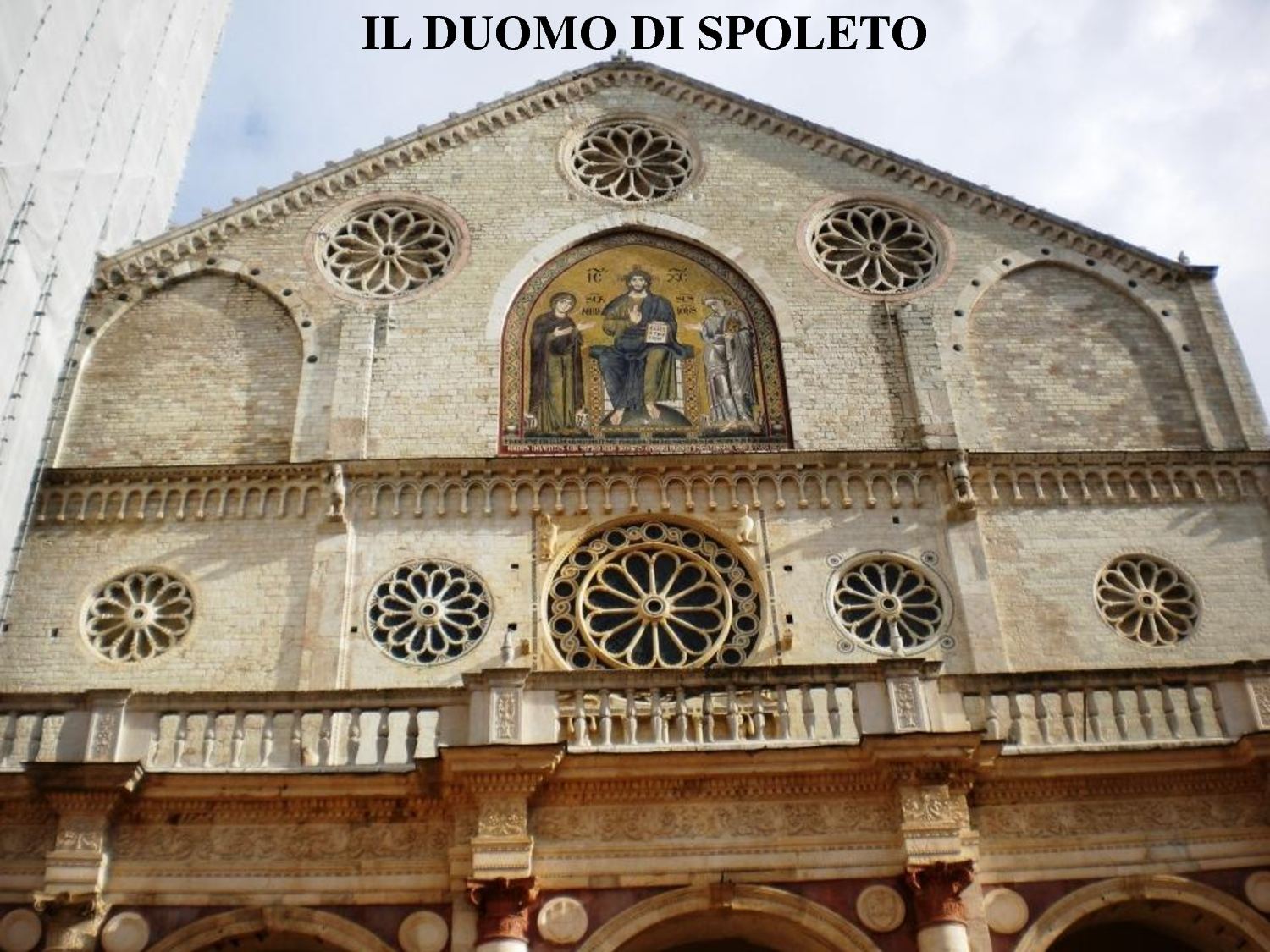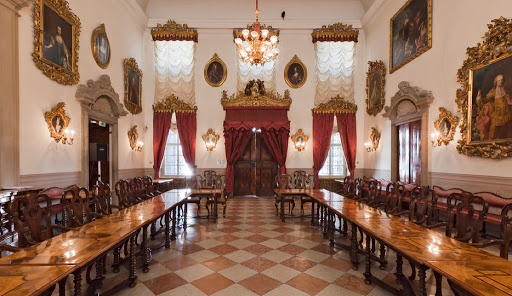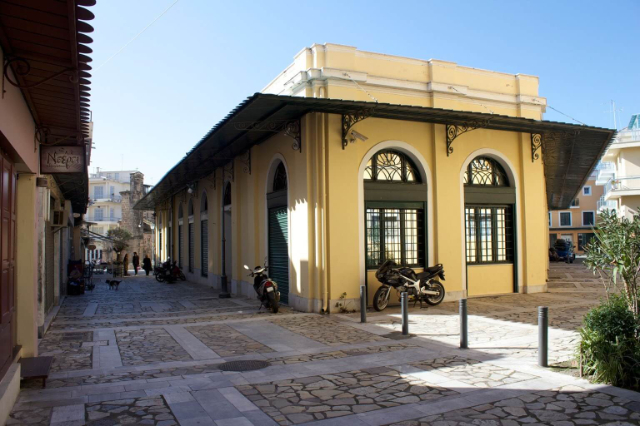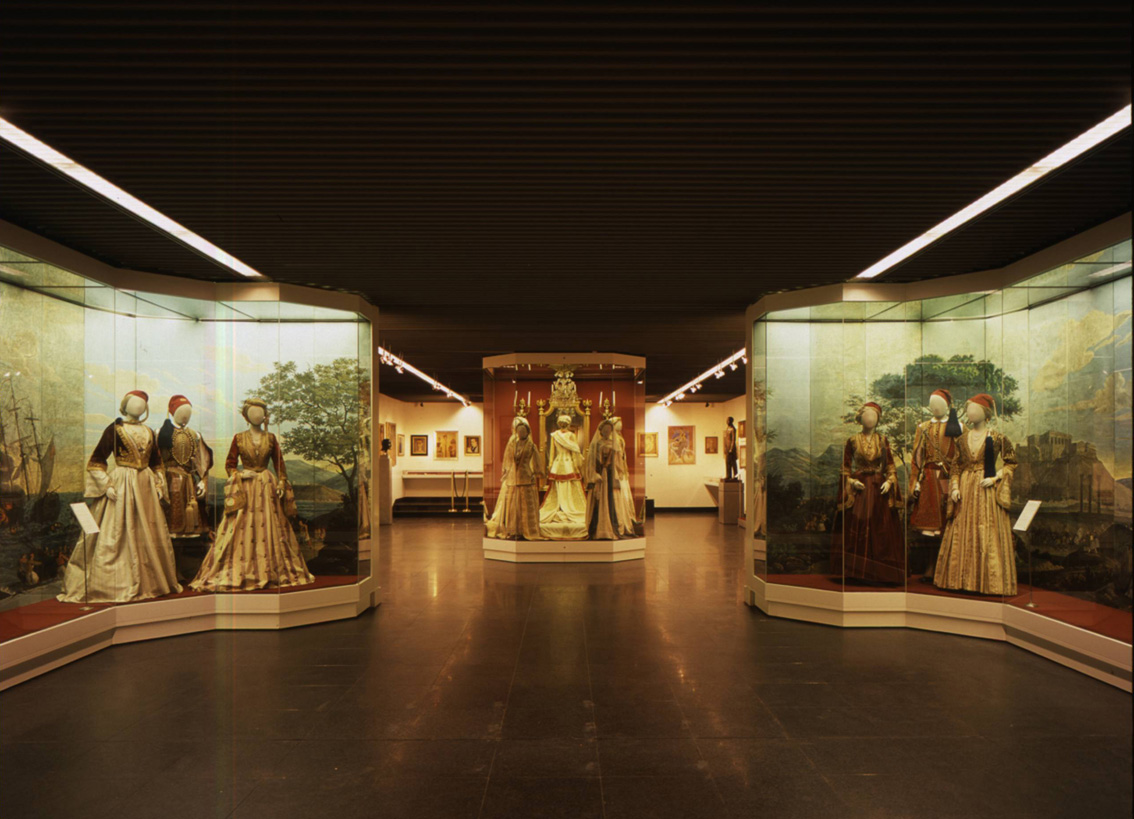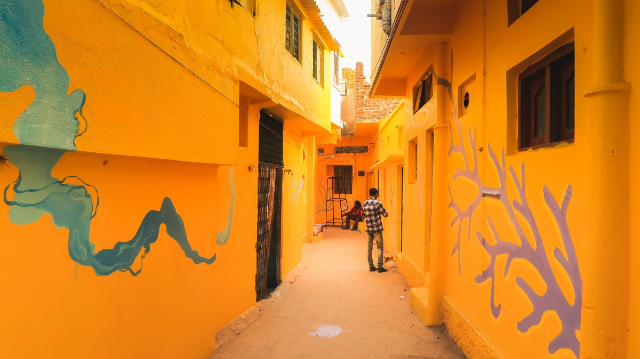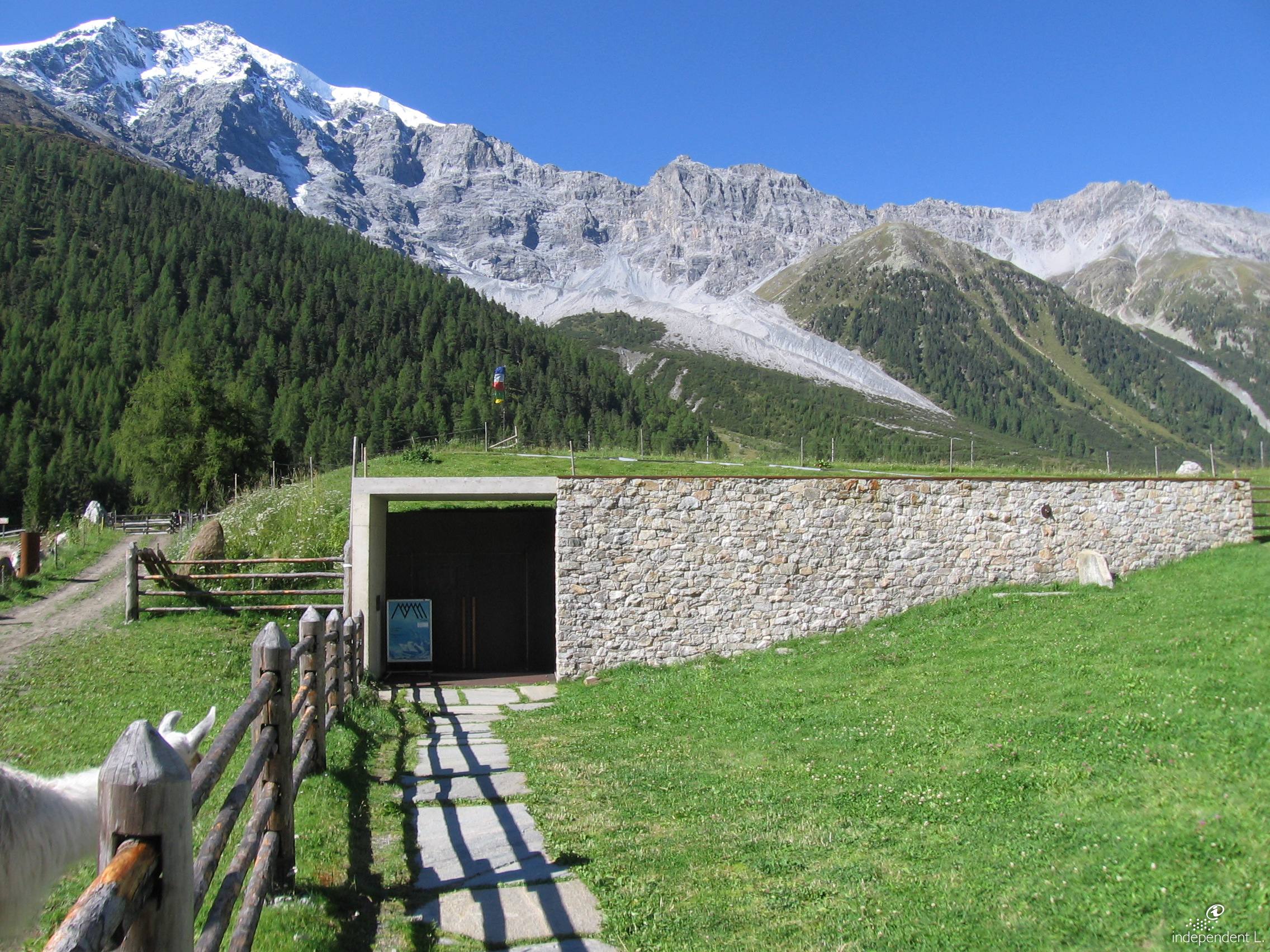The National Archaeological Museum of Gioia del Colle, established in 1977 in the Norman-Swabian Castle, houses in its rooms the finds from the excavations of the ancient town of Monte Sannace.
The Castle is one of those fortified works of the Frederician period that preserve more intact the architectural structure, defined by the large quadrangular courtyard, the imposing corner towers and the mighty curtains with ashlar facing. Situated in a dominant position, 360 meters above sea level, it was mainly a structure of war plant, constituted for the defence of the territory and a nodal point of communication along important roads leading from Bari to Taranto, connecting the Ionian-Tarantine area to the Adriatic one. The building is the result of an architectural and artistic syncretism achieved in three periods (pre-Norman, Norman and Swabian) but also of more recent contributions, consisting of the restoration works of the twentieth century. Frederick’s work, however, represents the main component.
The birth of the museum was determined by the important archaeological finds made during the 1929 excavations at Monte Sannace and, above all, by the large quantity of finds recovered during the excavation campaigns conducted between 1957 and 1961. Subsequently, the museum’s collection was further enriched with finds from research carried out in the archaeological area in more recent years. The excavations are still continuing, extended to wider sectors of the territory.
Today the Museum has a completely new look, both in terms of the exhibits on display and the educational and illustrative apparatus.
The collection consists essentially of vases recovered from grave goods and vases for domestic use discovered in the ancient Peucetium settlement located 5 km from Gioia del Colle, currently a state-owned Archaeological Park open to the public. These are large geometrically decorated ollae, jugs, kantharoi decorated with swastika motifs and hanging semicircles, but also Attic, Ionic and Corinthian vases, which testify to the presence of trade and commerce between the indigenous Peucetian population and the Greek people.
In the summer period the Castle is also the venue for shows and artistic events that allow a better integration of the structure in the social and cultural fabric of the city.
